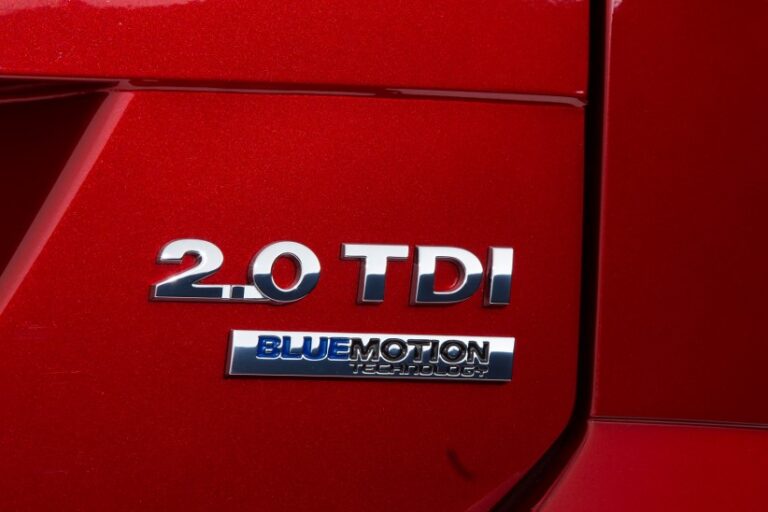– By Marc Sibbald –
Is diesel dead as a fuel to power passenger cars in Australia? If you rely on the new car sales figures for 2017, which show a decline in the preference for diesel power, you may come to that conclusion. Though when you look at the data for the average pump price of unleaded you can see why sales in 2017 were down.
In 2008, I was working at SG Fleet and the diesel conversation was hitting full speed when unleaded peaked at $1.60 cents per litre for a couple of months. Hybrids hadn’t quite taken off but some councils and a couple of the big banks had committed to purchasing them. While fleet managers were doing the numbers on paying extra for a diesel engine compared to the fuel savings.
There was a Euro crowd that were saying how great small diesel cars were to drive and that they’d been popular in the UK for years. Though locally the fuel quality had been an issue and modern low emission diesel engines hadn’t worked until the regulations were changed to reduce the levels of sulphur.
The environmental standards for diesel fuel had been improving since 2002 and from 2006 the maximum sulphur content was reduced to 50 ppm (parts per million) then in 2009 it was reduced to 10ppm. This created an opportunity for manufacturers to add diesel passenger cars and SUVs to their range.
It also drove an investment by the service station operators to upgrade diesel fuel pumps and introduce a better retail experience for the new type of customer driving diesel passenger vehicles, SUVs and lifestyle light commercials.
In 2010 there were 22,403 passenger vehicles were sold to private car buyers and fleets purchased 23,391 diesel passenger cars. Private purchases of diesel SUVs reached a high of 71,980 in 2015. Since then it has been downhill for sales of diesel vehicles with the sales of diesel powered passenger vehicles in 2017 dropping from the heady heights of 2010 with only 18,184 being purchased by private and fleet buyers.
It’s different story for diesel SUVs because sales in 2010 were 79,929 compared to 141,271 in 2017. And this trend also follows the market preference for SUVs over passenger cars. Though it now appears 2016 was the peak with a total of 147,716 vehicles sold to private and fleet buyers.
Though the diesel vehicle may yet rise again in 2018 if the historical correlation to the average unleaded pump price continues.
In 2014 the average national pump price of petrol was 148.80 cents per litre (according to the Australian Institute of Petroleum website) and sales of diesel SUVS to private buyers peaked in 2015. In 2016 the national average pump price of petrol was 117.80 cents per litre and in 2017 sales of diesel SUVs to private buyers dropped.
So if unleaded prices have an impact like this on new car sales, what will they do to used car values? Australian used car buyers aren’t familiar with a used diesel vehicle. So lower unleaded pump prices may make them harder to sell which will impact the residual values and offset any savings from better fuel economy.
The average national pump price of petrol in 2017 was 129.30 cents per litre. So the price elasticity of diesel SUVs for private buyers will be tested in 2018. Was the pump price high enough in 2017 to drive sales? Or are consumers done with their love affair of diesel?
Either way Fleet Managers will need to roll the dice using the best data available because historical trends don’t always provide the best indication of a vehicle’s future value.






